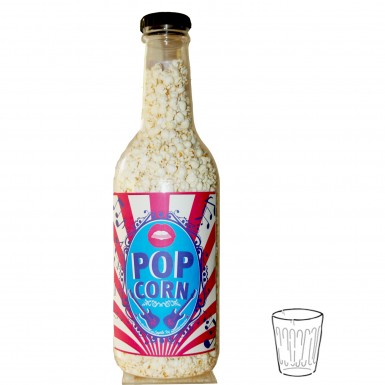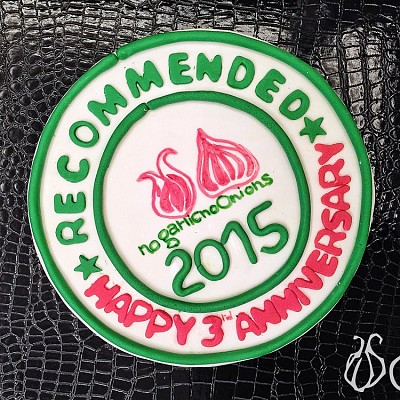The food industry is being totally disrupted. Whether it’s food trucks or fast-food restaurants offering healthier choices, home delivery of fresh meal ingredients, or restaurants with new and innovative menu items, this industry is not just alive and well – it is transforming.
With all of this transformation, though, comes much more competition – and far more options for your targeted customers. To remain competitive, indeed, beat your competition, you have to be strategic in your marketing techniques.
Here are seven marketing elements that should move you into the spotlight within your food niche.
- Get a Handle on Your Competition
Your niche is local. So, there is no reason for you not to “know your enemy” intimately. Visit your competitor’s restaurants, purchase from their food trucks, order their food delivery. Check out the prices and the service; check out their websites. Know all that you can know about them, and then ask yourself what do you or can you do better than they do?
If your competitors have a website, subscribe to their newsletter if they have one. If they are on social media, follow them. This will help you develop marketing strategies and campaigns that just may be more effective.
- Clean Up Your Menu and Get it Right
Of course, check the prices your competitors are charging for similar items. But don’t just cut your prices thinking that will have customers flocking to you. Even a 10% cut will hurt your bottom line.
There are items that are “hot” and items that are duds. Consider eliminating some of the items that are poor sellers and focusing on adding some new. A menu should be a “living document,” subject to change.
- Get Creative with Food Item Descriptions
We’ve all experienced it. We sit down and look at a menu, and we do read those descriptions. Some are amazingly creative and “draw us in.” We say to ourselves, “Wow. That sounds good.” You want your food item descriptions to have that wow factor too, even if they are just a phrase or two in your online menu.
If you have a tough time coming up with them (some of us are just not creative), then get some help. There are a lot of sources out there for creative description writing. Here are just a few:
- Trust My Paper: Here is a writing service with an entire department devoted to creative copywriting of its clients.
- Freelancer: an entire website devoted to freelance work. You can post your need for free, and there are plenty of creative writers who will bid on your project.
- Grab My Essay: Another online writing service with a solid reputation and praise for its creative writing department
- Upwork: A website where freelance writers post their experience and samples of their creative writing.
- Find Your Uniqueness
What can you come up with that is unique about your food, your ambiance, and/or your service? If you can find one or more things – a signature dish, a special children’s menu, more vegan and gluten-free offerings than your competition, chefs who come out and speak with customers, amazing wait-staff, even being pet-friendly for certain hours or days – capitalize on those things in your marketing. If you are a food delivery service, provide as many ordering options as necessary, even via a smartwatch, for example.
- Wait-Staff Must Be Amazing
Consumers in every industry demand and expect great customer service. With foodservice, this is even more important, because so much of it is face-to-face, even for those companies that operate primarily as deliverers. All servers should be fully trained and then re-trained if it doesn’t stick. Even if you have a food truck, how are your first-line servers interacting with your customers? If they are not enthusiastic, outgoing, and friendly, and do not enjoy the give and take of fun conversation, you have the wrong front-line servers. Every customer must feel special.
And if there are complaints? The old adage, “the customer is always right” must apply. Never forget this.
A 2018 survey by Gladly reported that customer service was a key factor in continuing to do business with a company. 68% of those surveyed, in fact, would be willing to pay more if customer service is excellent.
- Quality – It’s the Difference Between Win or Fail
Customers expect quality more than ever before. And, with so many options for all products or services, they will go with the one that provides the quality, even if they have to pay a bit more. As Stan Wilmington, Marketing Director for Studicus, says, “We are by far not the cheapest online writing service. But our reputation for quality is unquestioned. And when clients first come to us, they not only pay more than other services charge, they return.”
This willingness to pay more for quality is even more pronounced in the food industry. A recent survey from Hudson Pacific showed that, particularly with a younger consumer (18-35), there is a large focus on food quality and healthiness, as well as the manner in which animals have been raised for meat product production. 85% of those surveyed stated they would pay more for hormone and other additive-free products and for those that employ decent treatment of animals. Those in older generations seem to care less than younger ones (millennials and Gen Z’ers).
Those in the food business should take heed. Offer wraps along with the traditional sandwiches, for example; advertise the use of range-free eggs and/or meats without antibiotics or other GMO’s.
- Use Technology
It goes without saying that foodservice organizations should have websites and social media presences, and they should post regularly and often for two purposes – introduce their menus, new items, and value to consumers, as well as address any issues or complaints that customers may have had.
Brick and mortar restaurants must consider secure and efficient Wi-Fi to their customers. This almost goes without saying. Further, when appropriate, there should be efficient and streamlined systems in place for remote ordering, reservations, etc., especially through mobile devices.
Food services should keep data that will provide information on the popularity of orders and types of customers at various times during the day and week. This will help to make decisions about staff scheduling and raw materials ordering, as well as when to run specials and accommodate specific types of customers.
- Develop a Strong Marketing Strategy that Stays in Touch with Your Customers
On your website, be certain to ask for permission to send notifications. Then, you can SMS them with push notifications about specials, new menu items, etc. And if you can get email addresses, you can send out the same types of information, as well as newsletters and current blog posts.

Be Patient
It will take some time for you to find your “sweet spots” relative to these six tips. But if you look at them carefully and how you can use them to promote your brand and your business, you can gain a competitive edge.
Author Bio: Angela Baker is a self-driven specialist who currently works as a freelance writer at Best Essay Education and Wow Grade. She is also working on establishing herself as an expert blogger in several niches and is a frequent contributor to Live Inspired Magazine. Angela believes that anyone can develop expertise in any sector with the right combination of motivation and hard research work. In her spare time, she engages in almost any kind of winter sport and goes where the snow is.






































